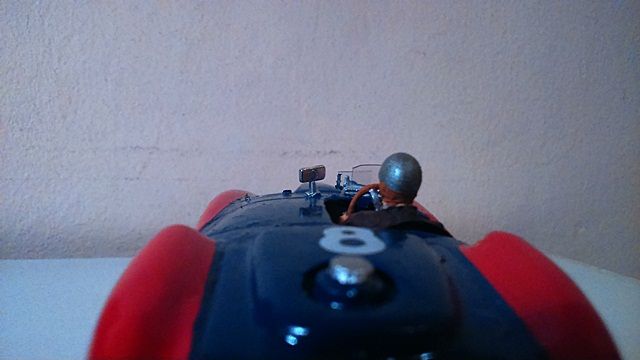Hello sirs
In the subject of cars, we all have a secret love ... something we know we can not have, but that makes us "crazy" .... in my case the Ferrari 375 ... versions MM or Plus ....
he Ferrari 375 was introduced at the Paris Salon in 1953. During its production run which lasted until May of 1954, less than 45 examples of the 375 America were produced. The car was constructed for Ferrari's clientele who had the means to afford one of these beautiful creations. Since they were produced in limited numbers, the production took far longer than volume models.
![]()
The 375 MM was given its name after the famous 1000 mile race, the Mille Miglia. This limited production series was constructed in 1953 and 1954. The car was outfitted with a 4522 cc powerplant, a small increase in performance over the 4494 cc road-going version. The four-speed manual gearbox was fully synchronized and mounted to the engine. The front suspension was independent by parallel unequal length A-arms with a transverse leaf spring. The rear was sold with semi-elliptic springs and parallel trailing arms. This combination made the 375 MM perfect for high speed circuits and the open road. In total only 26 375 MM's had bodywork provided by Pinin Farina in either spyder or berlinetta configuration. One example received bodywork courteous of Ghia.
![]()
Pinin Farina was tasked with building the bodywork for many of the models. The Pinin Farina design shared a similarity with the 250 Europa's. The dimensions of several automobiles were similar but their interiors, wings, bumpers and detailing were all unique.
![]()
in USA with Kimberly,
![]()
![]()
1954, a more powerful version of the Lampredi V-12 was enlarged to nearly 5.0 liters and was installed in some 375MM models. Dubbed the 375 Plus, the car differed from its predecessors by a large bulge at the rear necessitated by a larger fuel tank and a spare wheel. The chassis was modified with a DeDion rear axle. With nearly 350 horsepower, the 375 Plus scored two important victories in the 24 Hours of Le Mans and the Carrera Pan Americana, winning the World's Sports Car Championship for Ferrari in 1954.
Panamericano,s...
![]()
![]()
![]()
![]()
![]()
![]()
![]()
![]()
![]()
Gioacchino Colombo started out being the primary builder of Ferrari's engines in the late in 1940's and a major contributor to the success of Ferrari. Aurelio Lambredi became his assistant in 1947. Lambredi soon became convinced that a large engine that was naturally aspirated would have better fuel economy and provide more power. Colombo was of the belief that smaller engine compiled with a supercharger would produce the better results. Ferrari tested Lambredi's idea and proved it to be successful. Lambredi was promoted to chief design engineer and Colombo returned to Alfa Romeo. The Lambredi engines were used in the ladder part of the 1950's.
in USA with Lyeth..
![]()
![]()
![]()
in Argentina...
![]()
![]()
![]()
![]()
and good bye...and thanks by your patience..
![]()
In the subject of cars, we all have a secret love ... something we know we can not have, but that makes us "crazy" .... in my case the Ferrari 375 ... versions MM or Plus ....
he Ferrari 375 was introduced at the Paris Salon in 1953. During its production run which lasted until May of 1954, less than 45 examples of the 375 America were produced. The car was constructed for Ferrari's clientele who had the means to afford one of these beautiful creations. Since they were produced in limited numbers, the production took far longer than volume models.

The 375 MM was given its name after the famous 1000 mile race, the Mille Miglia. This limited production series was constructed in 1953 and 1954. The car was outfitted with a 4522 cc powerplant, a small increase in performance over the 4494 cc road-going version. The four-speed manual gearbox was fully synchronized and mounted to the engine. The front suspension was independent by parallel unequal length A-arms with a transverse leaf spring. The rear was sold with semi-elliptic springs and parallel trailing arms. This combination made the 375 MM perfect for high speed circuits and the open road. In total only 26 375 MM's had bodywork provided by Pinin Farina in either spyder or berlinetta configuration. One example received bodywork courteous of Ghia.
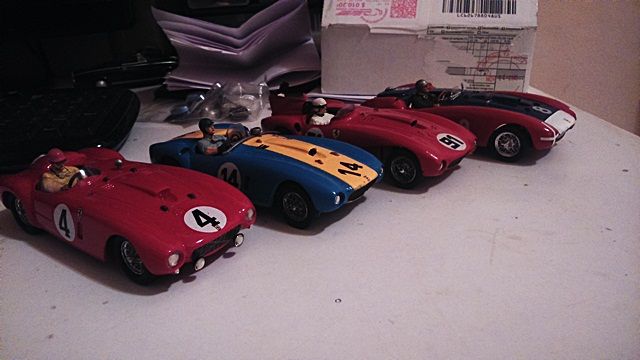
Pinin Farina was tasked with building the bodywork for many of the models. The Pinin Farina design shared a similarity with the 250 Europa's. The dimensions of several automobiles were similar but their interiors, wings, bumpers and detailing were all unique.
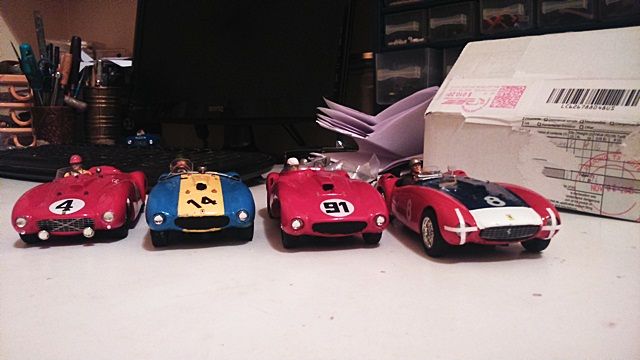
in USA with Kimberly,
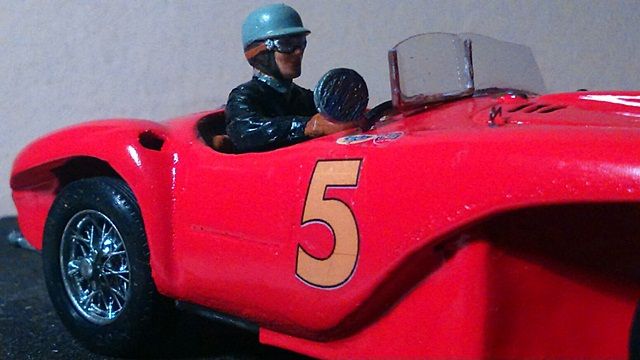
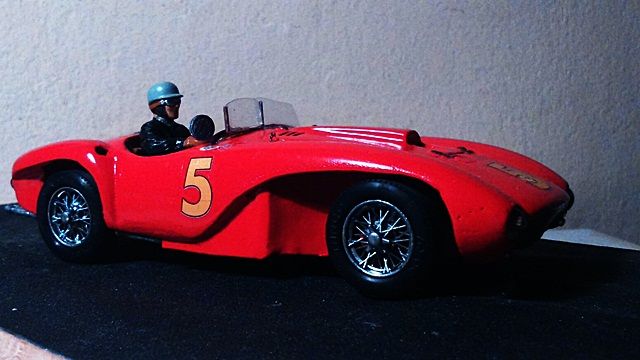
1954, a more powerful version of the Lampredi V-12 was enlarged to nearly 5.0 liters and was installed in some 375MM models. Dubbed the 375 Plus, the car differed from its predecessors by a large bulge at the rear necessitated by a larger fuel tank and a spare wheel. The chassis was modified with a DeDion rear axle. With nearly 350 horsepower, the 375 Plus scored two important victories in the 24 Hours of Le Mans and the Carrera Pan Americana, winning the World's Sports Car Championship for Ferrari in 1954.
Panamericano,s...
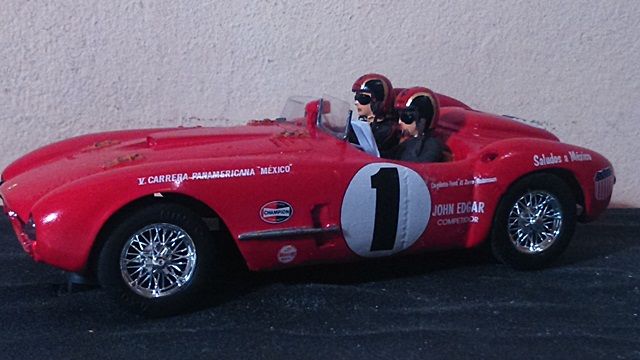
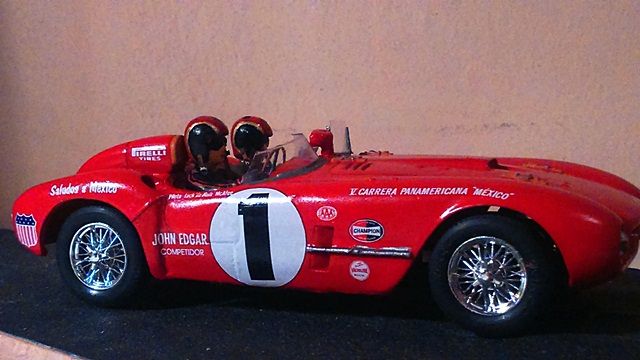

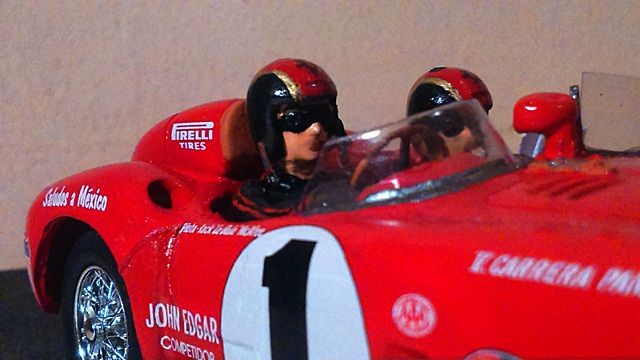
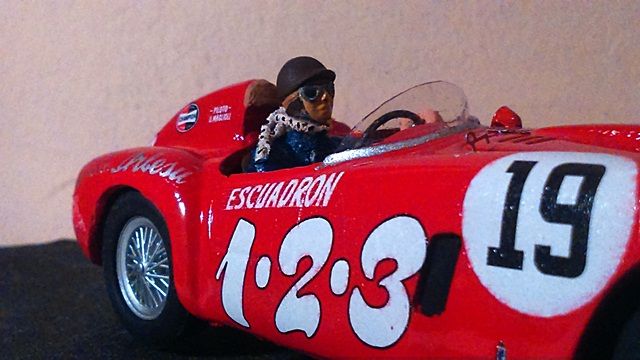
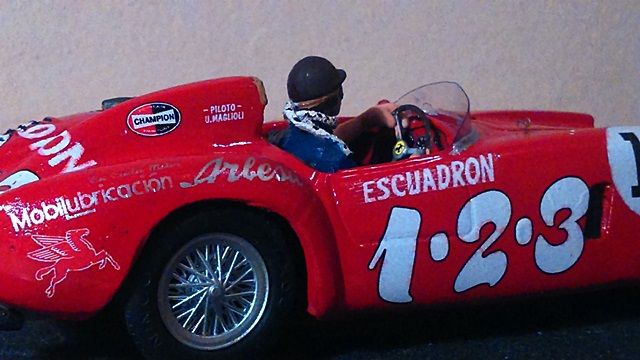
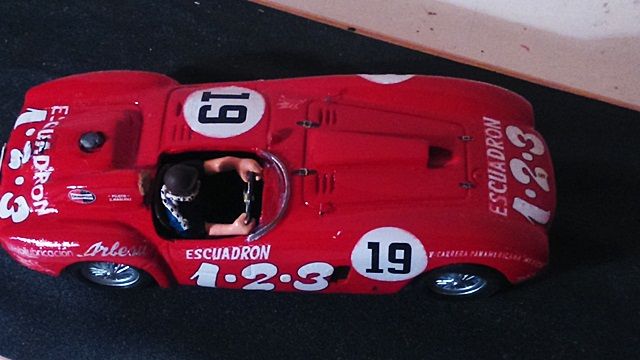
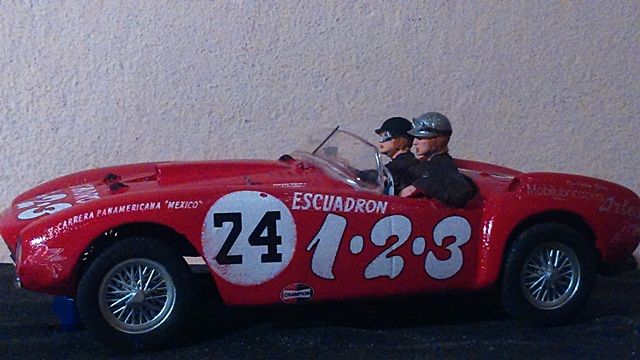

Gioacchino Colombo started out being the primary builder of Ferrari's engines in the late in 1940's and a major contributor to the success of Ferrari. Aurelio Lambredi became his assistant in 1947. Lambredi soon became convinced that a large engine that was naturally aspirated would have better fuel economy and provide more power. Colombo was of the belief that smaller engine compiled with a supercharger would produce the better results. Ferrari tested Lambredi's idea and proved it to be successful. Lambredi was promoted to chief design engineer and Colombo returned to Alfa Romeo. The Lambredi engines were used in the ladder part of the 1950's.
in USA with Lyeth..


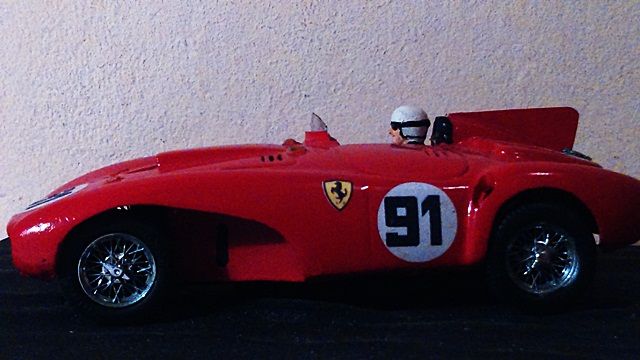
in Argentina...
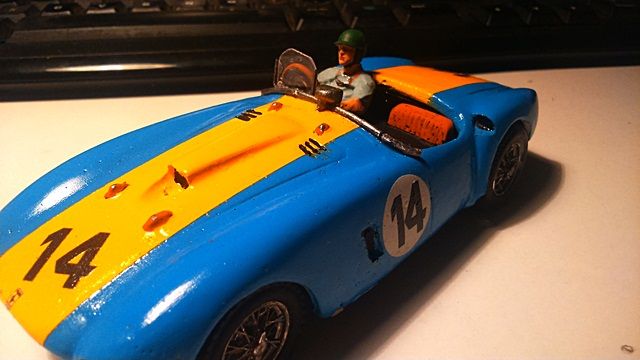
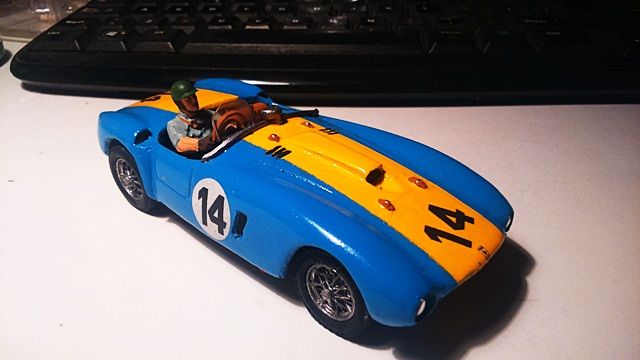
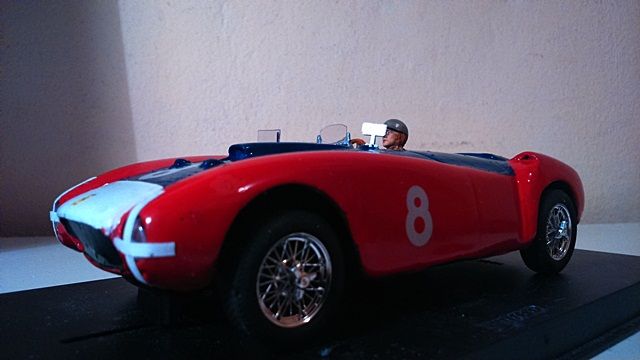
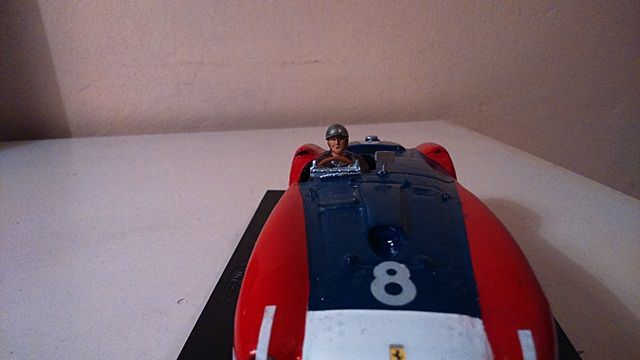
and good bye...and thanks by your patience..
